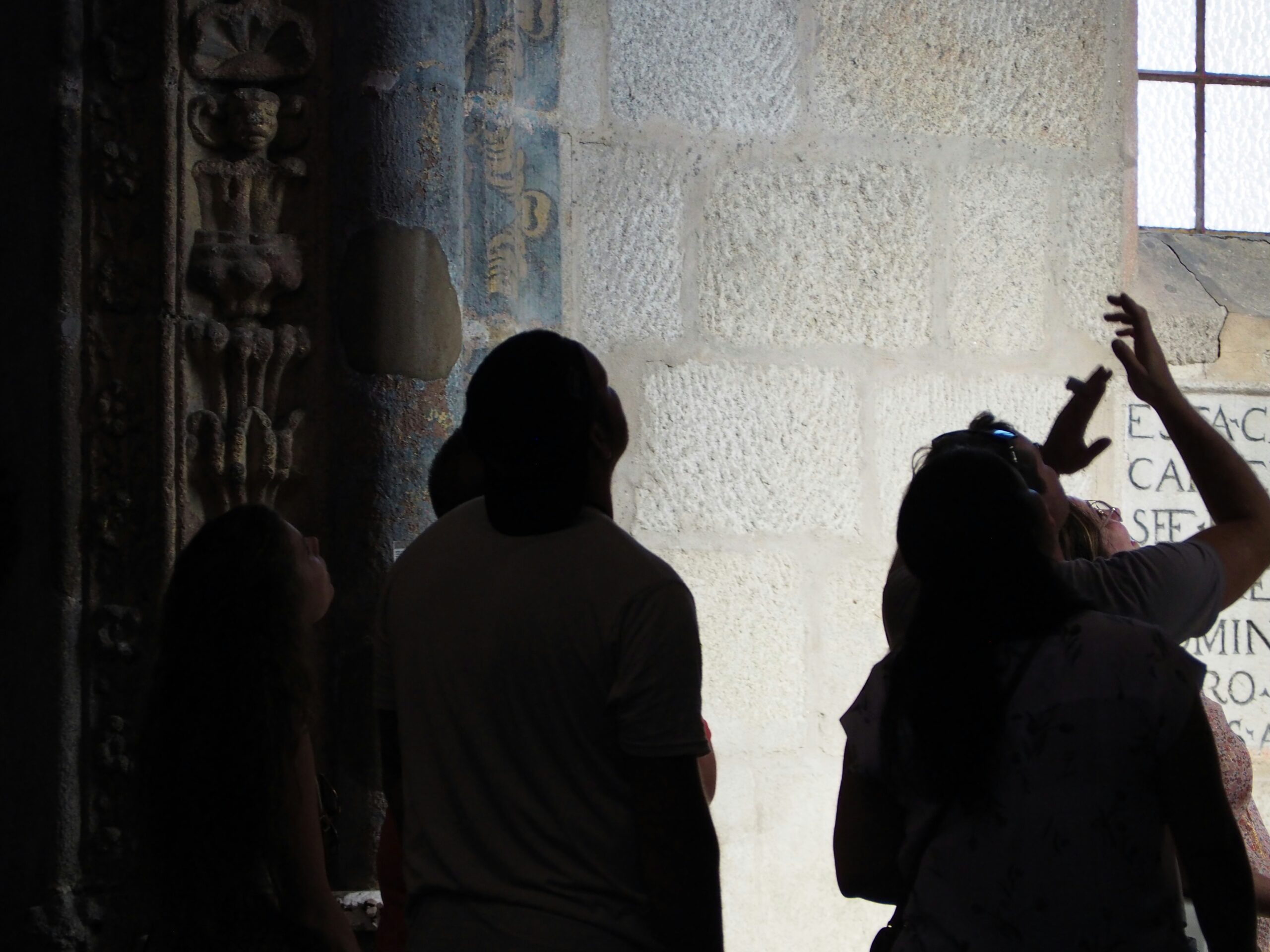I kinda enjoyed Nashville, but we need to go back and spend more time there …
Nashville, TN
Population 569,891 (2000 census; figure covers Nashville proper and Davidson County). Official name Nashville-Davidson. Capital of Tennessee since 1843. Seat of Davidson County until the governmental functions of city and county were consolidated in 1963. Two presidents are buried in the Nashville area: Andrew Jackson (at the Hermitage) and James Knox Polk (on the Capitol grounds; the only other Tennessee president, Andrew Johnson, is buried in Greeneville).
The first Europeans in the Nashville area were French fur traders in the early decades of the eighteenth century. The area at that was heavily populated by Cherokee, Shawnee, and Chickasaw. A central figure in the settlement of the Nashville area was Richard Henderson, who bought most of middle Tennessee and Kentucky in a transaction with the Cherokee in 1775. Henderson sent a party to investigate the Cumberland Valley in 1779 and in 1780, Fort Nashborough (named after Revolutionary North Carolina brigadier general Francis Nash) was founded. Fort Nashborough became Nashville in 1784. Nashville was chartered in 1806. The city was occupied by Union troops in 1862, and the last major battle of the Civil War took place there on 15-16 December 1864 (Union troops under George Thomas defeated Confederate troops under John Hood).
In December 1925, George Dewey Hay’s “WSM Barn Dance,” renamed the “Grand Ole Opry” in 1927, started broadcasting “hillbilly music.” (Hay dreamed up the idea for the Grand Ole Opry and similar radio shows after a 1919 visit to Mammoth Spring, AR, where he attended a hoedown after covering the funeral of a World War I hero as a reporter for a Memphis newspaper.) The Opry became a live stage show at the Ryman Auditorium in 1941. The show moved to Opryland in 1974. It was Roy Acuff who, in 1942, after having become a national star on the Opry broadcasts, organized Acuff-Rose Publishing, the first exclusively country-western-oriented publishing concern.
However, Nashville became known as the center of country-western music in 1949, which was the year that Alabama-born Hank Williams (who, at the insistence of his wife, Audrey, had introduced himself — and Audrey — to Acuff’s publishing partner, Fred Rose, in September 1946) recorded the smash hit “Lovesick Blues” (against the wishes of Rose), which stayed at the pole position on the Billboard country-western chart for 16 weeks, cemented Williams’ fame, and got him a spot in the Opry.
Nashville seemed to be a wonderful place, and, it occurred to me, a livable place (although we spent maybe a total of an hour and a half there, and any judgments I make are naturally off-the-cuff). We drove around downtown and looked at the Ryman and the shops and sights of Broadway and Fifth Avenue. We jaunted over to the other side of town and looked at some of the sights of Music Row and the neighborhoods around Vanderbilt University. Nashville struck me as a lower-key and more elegant city than I’d pictured it, and I wish I’d had more time to spend there. It’s a place that deserves lengthy exploration and contemplation.
—Posted by Frank at 23:59:00 | 20-Aug-03













